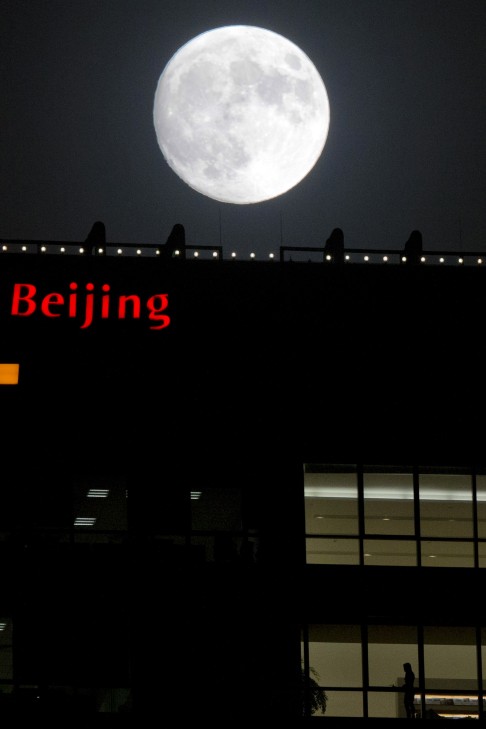
Out with the old: the 12th five-year plan's modest achievements explained
Economy on track to meet expansion targets but planners will have to tackle a legacy of high local debt and a property bubble

China's current five-year plan, its 12th, ends this year and despite economic headwinds, is on track to meet most of its big goals, analysts say.
But there are still serious problems that need to be tackled in the blueprint for the next five years.
Senior Communist Party members are meeting this week to review the 13th plan and are expected to endorse goals for the world's second-largest economy for the next half-decade.
Planners from central government ministries and agencies and regional governments will then have to work out detailed targets and policies.
The blueprint - to be debated by the National People's Congress early next year - lists the government's policy goals, such as targets for economic growth and job creation.
The 12th plan, running from 2011-2015, put maintaining steady growth and overhauling the economy as the top two tasks.
The mainland is likely to meet those two goals and exceed all three of the plan's economic targets: growth, increasing the service sector's percentage of overall gross domestic product, and migration from rural to urban areas.
The economy grew by 8 per cent annually between 2010 and 2014, above the 7 per cent target.
The service sector made up 49.5 per cent of mainland GDP in the first half of this year, surpassing the 47.2 per cent target. Industry contributed 43.7 per cent, while agriculture's overall share of GDP fell to 6.8 per cent.
The level of urbanisation in 2014 was 55.2 per cent - above the 53 per cent goal, according to a Tsinghua University Centre for China Studies report.
Renmin University economics professor Huang Weiping said the 12th plan was not intended to pose any great difficulty.
Targets that had to be met were not set high
"Targets that had to be met were not set high. The structure of the economy has indeed changed the composition of China's GDP, which is now more reasonable, although it means the country is facing slower growth," Huang said.
Fudan University economics professor Sun Lijian said there would be a price to pay for the growth of the last five years.
"China has paid a high price for maintaining stable growth with its stimulus measures, and now faces problems with local government debt and a real estate market bubble," Sun said.
Sun's view echoes the State Council's mid-term evaluation of the 2010-15 five-year plan.
The report, released in December 2013, said some local governments had raised too much debt that went into unprofitable projects, leading to overcapacity and greater financial risks.
Sun said official statistics that showed a rise in the service sector's contribution to the economy were not wholly convincing because overall GDP growth had slowed and other major sources of investment had dwindled.
"The statistics would be better interpreted as a successful transformation when the service sector leads growth at the same time as the economy rebounds," Sun said.
Of the 29 main targets laid out in the 12th plan, 27 were more than 80 per cent of the way to being met, the Tsinghua University report said, citing 2014 data.
Yet most of these targets were modest, according to the State Information Centre, a think tank run by the National Development and Reform Commission.
Target spending on research and development - one of the three 2006-2010 goals that were not met - was set low in the 2011-2015 plan, the centre said.
One of the few ambitious targets of the 12th plan - providing 36 million new affordable homes for needy people - was well behind schedule in 2014, with only 20 million flats completed - about 45 per cent down on the goal, with only 12 more months to go.
"This is inevitable because local governments lack real motivation to meet the targets," Renmin University economics professor Tao Ran said.
"Building affordable flats for the needy only adds to their spending and chips away at their land income … especially when many local governments are plagued by big debt."
Cuts to energy use and carbon emissions per unit of GDP - both categorised as being "below expectations" in the State Council's 2013 mid-term report - had been more than 80 per cent completed by last year.
But that was in large part because of a major slowdown in coal demand.
Wang Jinnan, deputy director of the Chinese Academy for Environmental Planning, which is run by the Ministry of Environmental Protection, said: "The fall in the consumption of coal was certainly partly because of the cooling of China's economy."